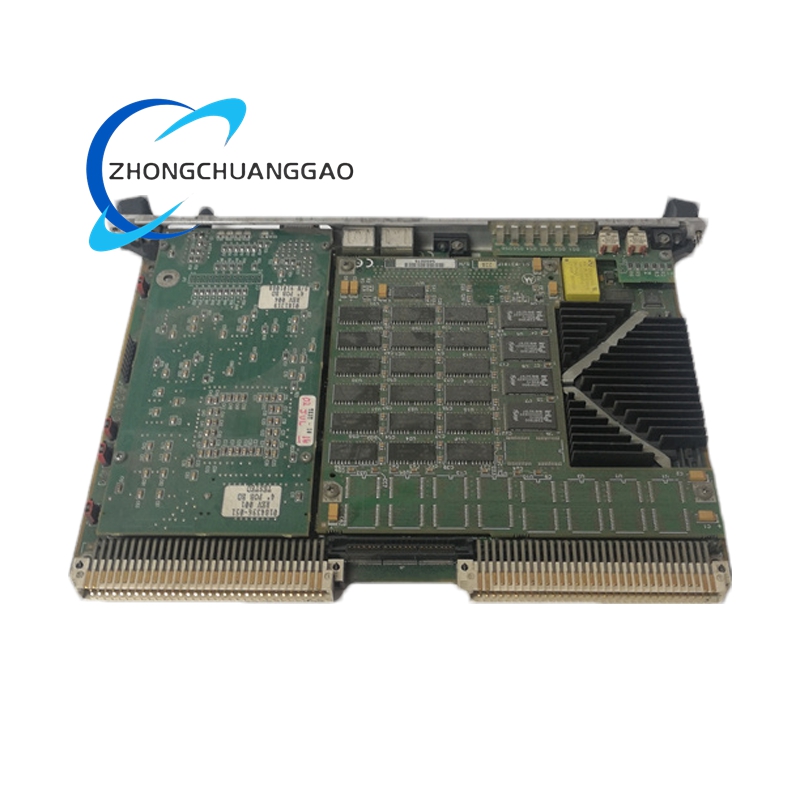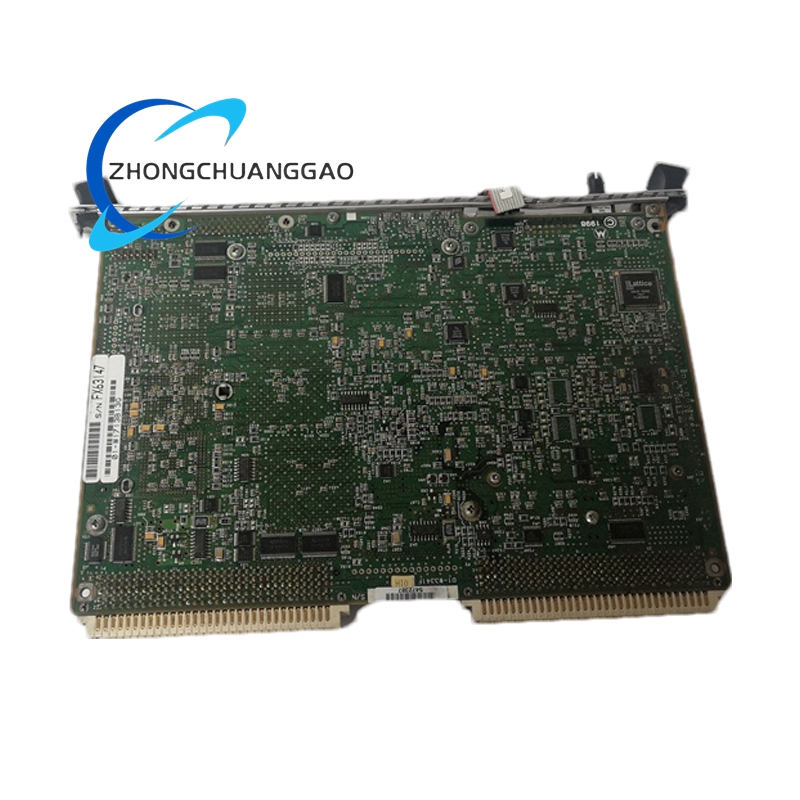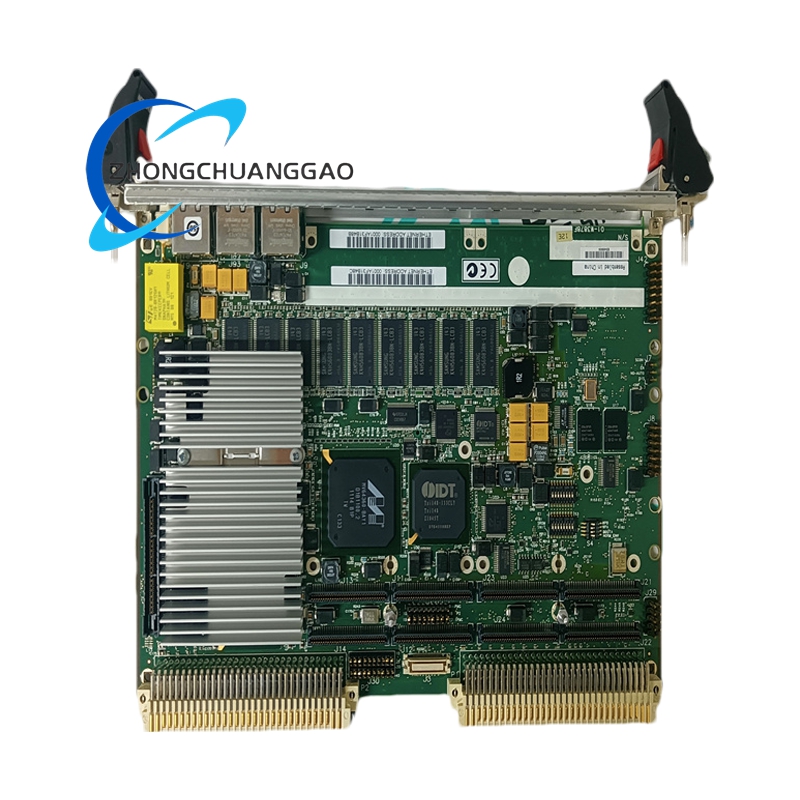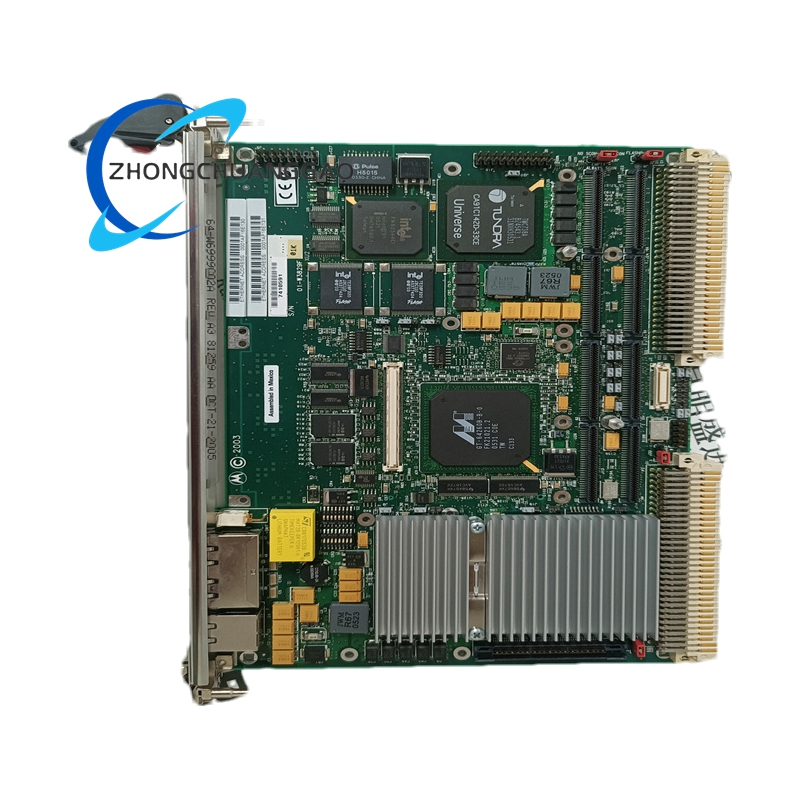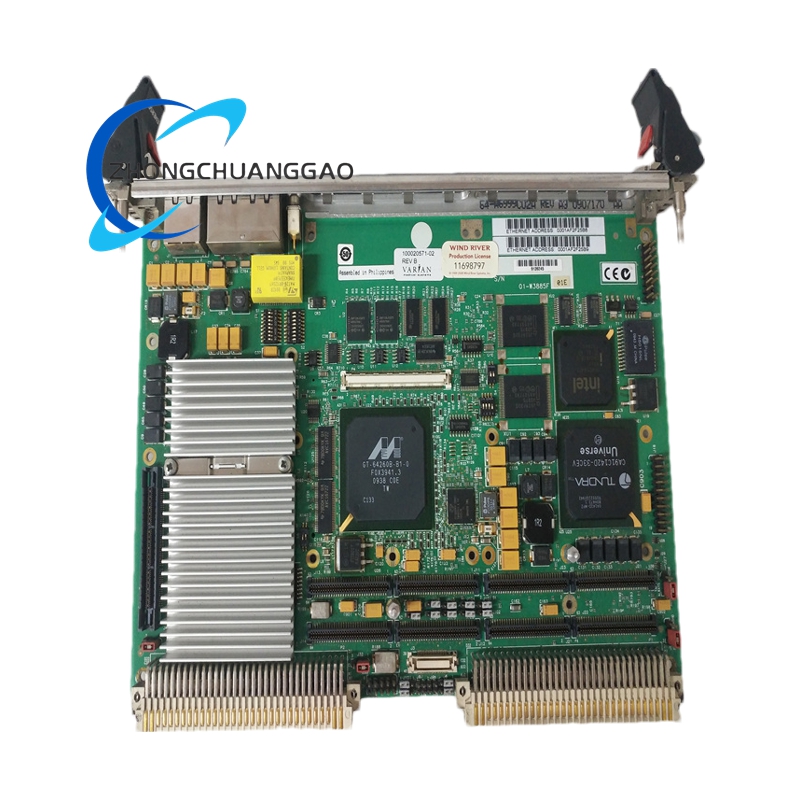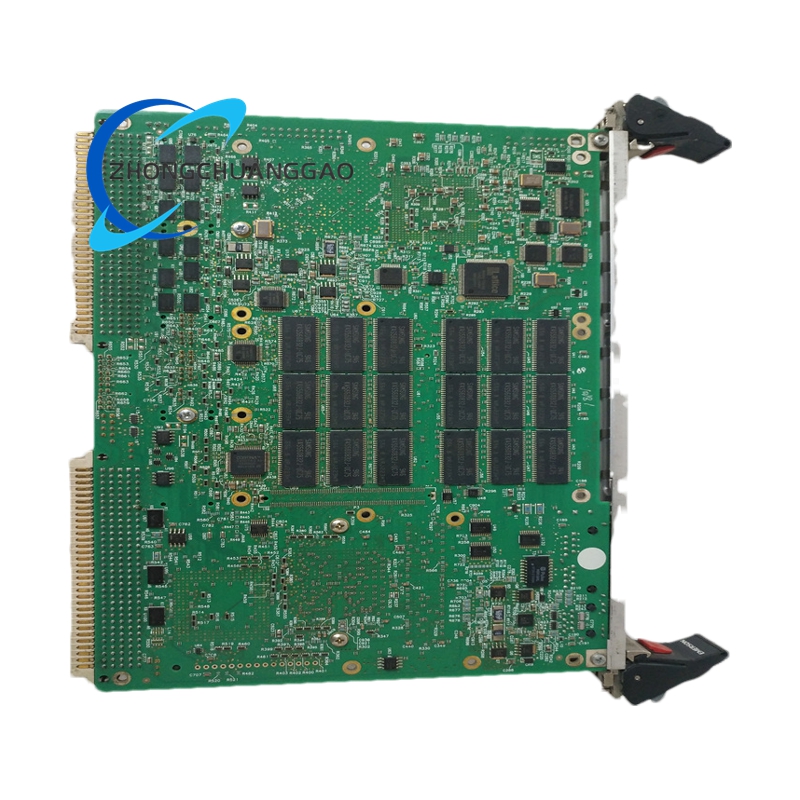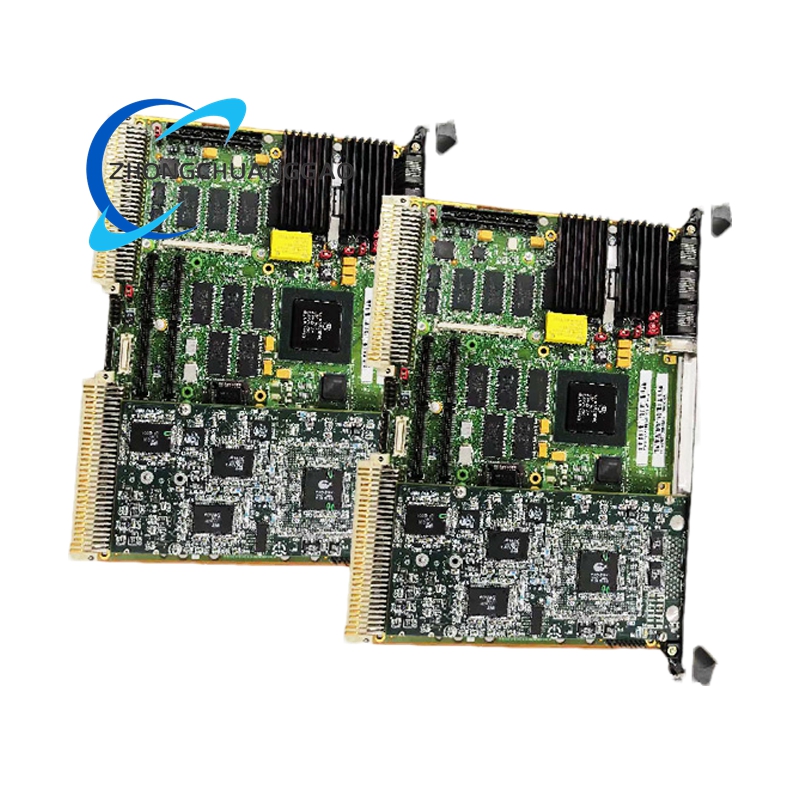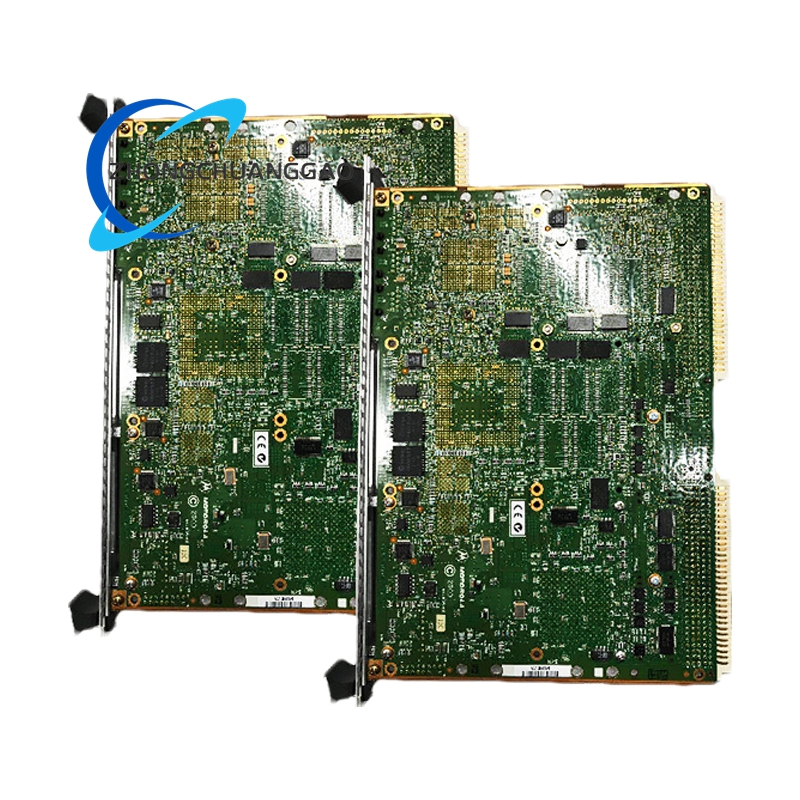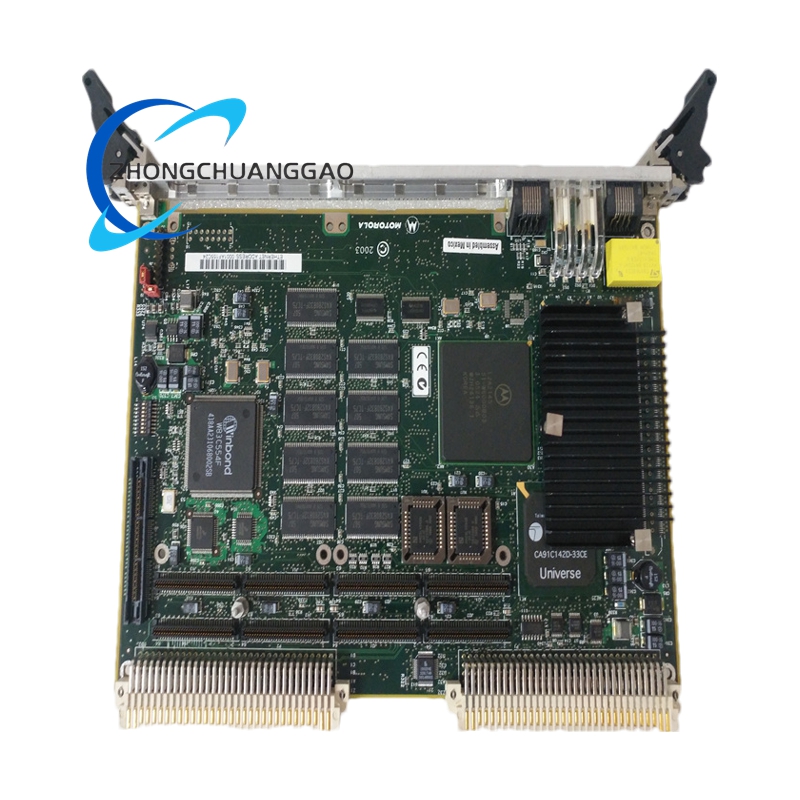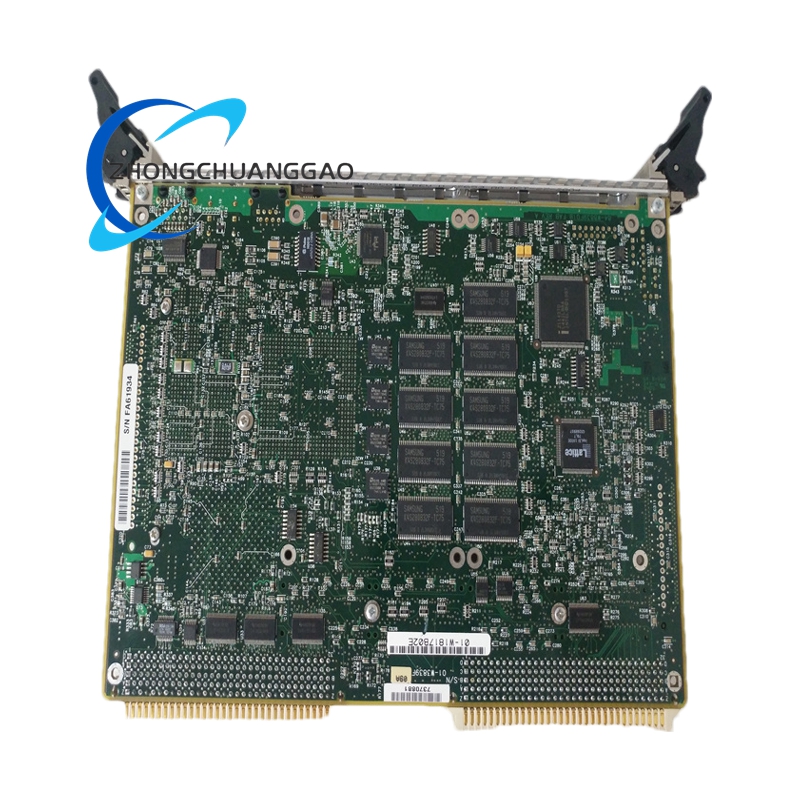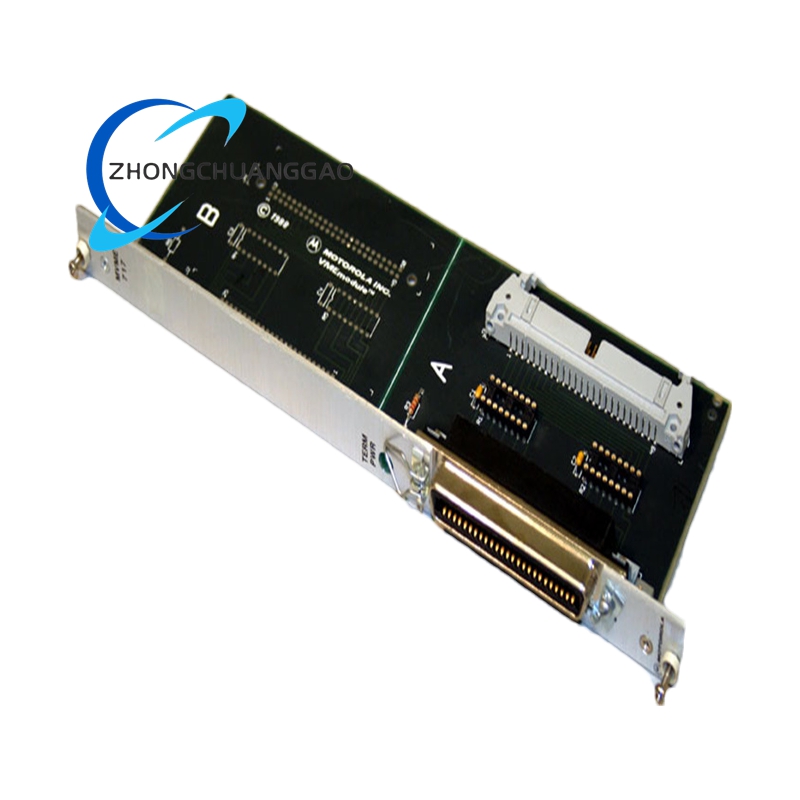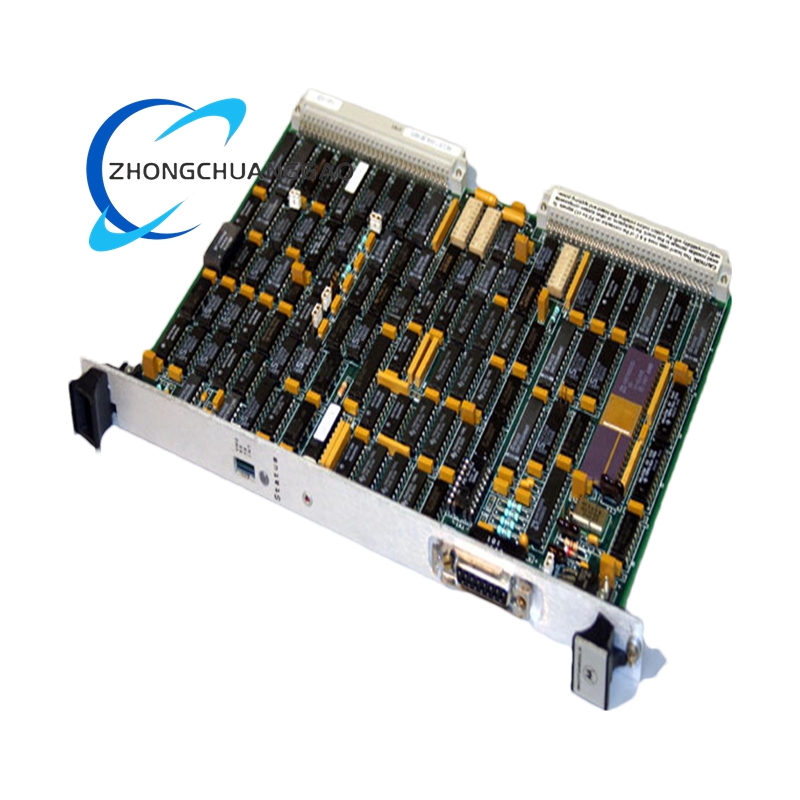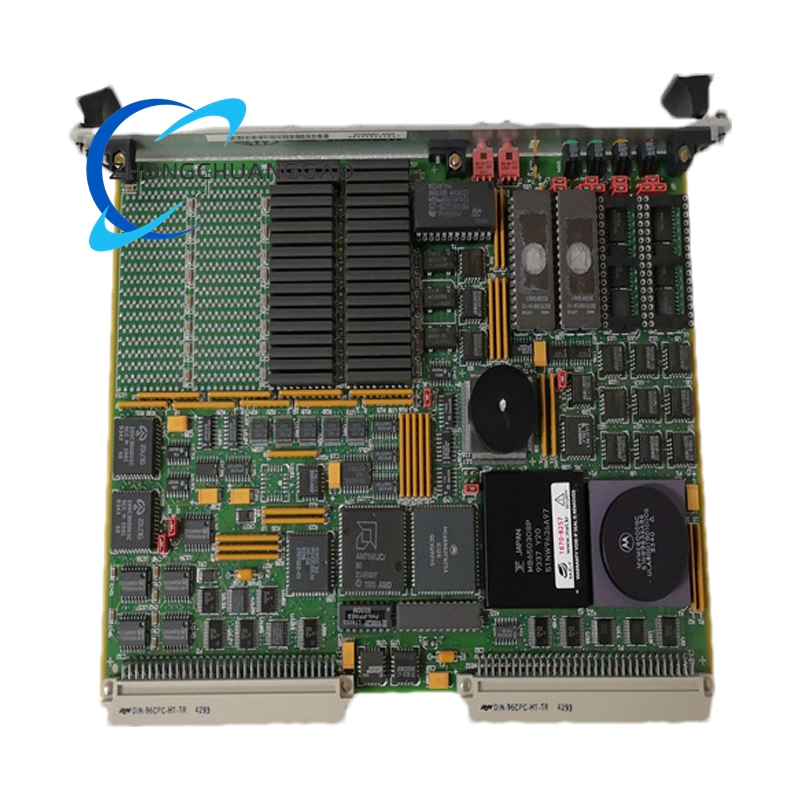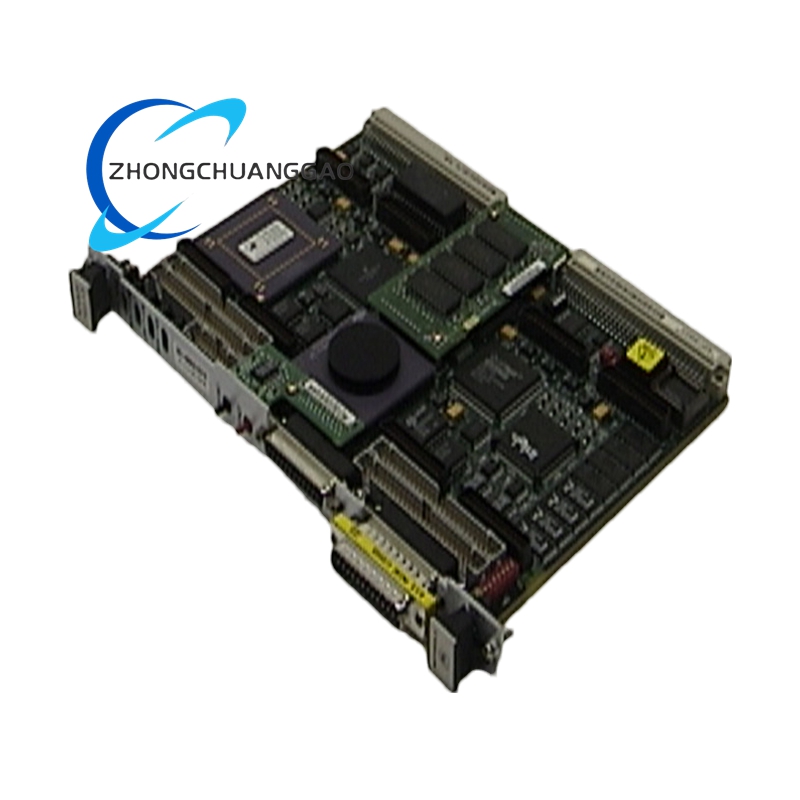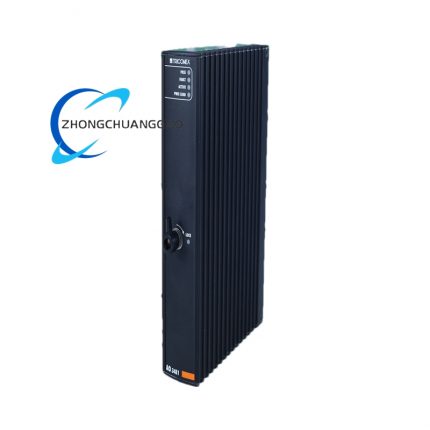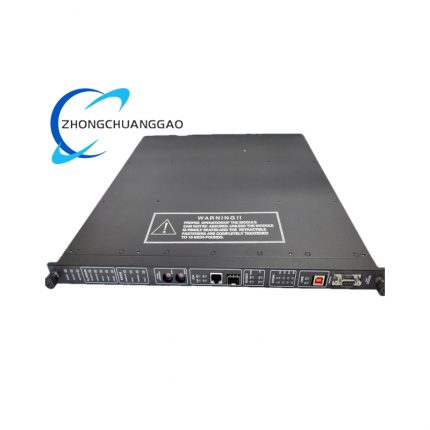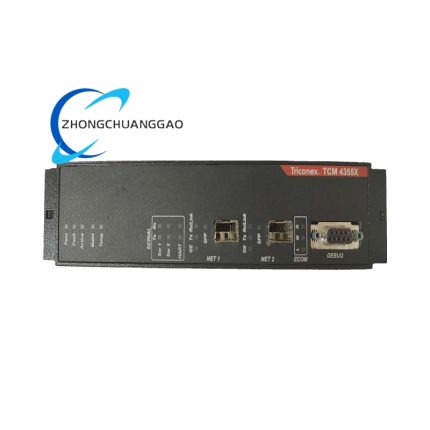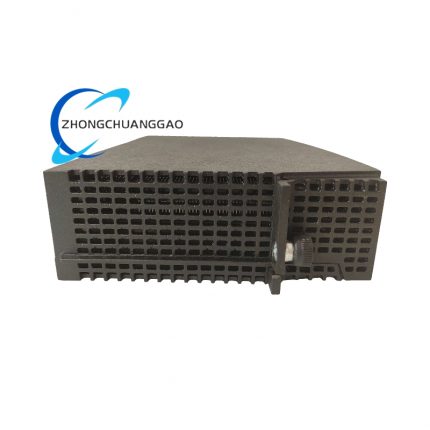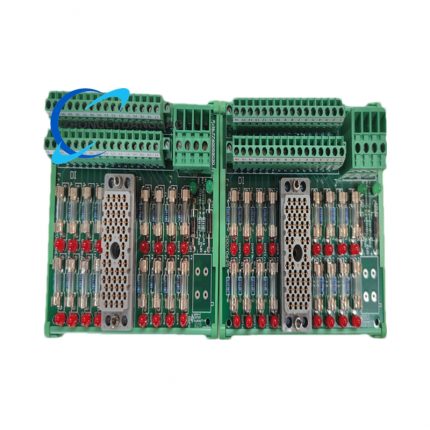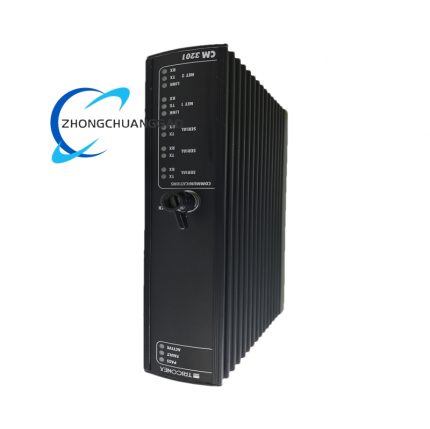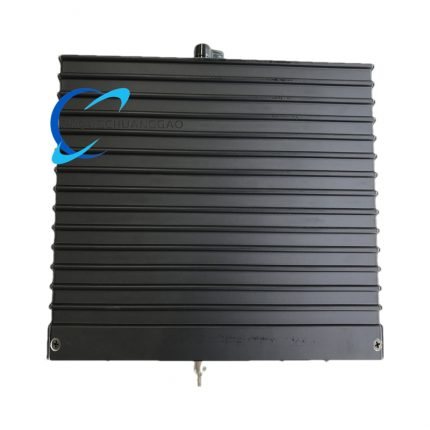Motorola MVME-2604761 VMEbus Input/Output (I/O) Module
Technical Specifications
- Processor Compatibility: Based on the Motorola PowerPlus VME architecture, compatible with PowerPC-based microprocessors such as the MPC60x series.
- Memory: Supports up to 512 MB of ECC DRAM onboard memory for reliable data storage and processing. Additionally, it includes 8 MB of board-mounted flash memory and a 1 MB slot for additional storage expansion.
- Cache: Equipped with 16 KB/16 KB or 32 KB/32 KB L1 cache and 256 KB of L2 cache to enhance processing performance.
Motorola MVME-61006E-0163 VMEbus Single Board Computer
Technical Specifications
- Processor: Equipped with an NXP MPC7457 PowerPC processor, running at up to 1.267 GHz, featuring a 128-bit AltiVec coprocessor for enhanced parallel processing capabilities.
- Memory: Supports up to 1 GB of ECC-protected DDR DRAM for reliable data storage and processing, along with up to 128 MB of flash memory for firmware and application storage.
- VMEbus Interface: Utilizes the Tundra Tsi148 VMEBridge ASIC, providing 2eSST protocol support for a VMEbus transfer rate of up to 320 MB/s, ensuring high-speed data communication within the VMEbus system.
- I/O Interfaces:
- Ethernet: Dual Gigabit Ethernet ports for high-speed network connectivity.
- Serial Ports: One asynchronous serial port for communication with peripheral devices.
- PMC Sites: Two 64-bit PMC (PCI Mezzanine Card) sites, supporting PCI bus speeds from 33 MHz to 66 MHz, allowing for expansion with industry-standard modules.
- Other Interfaces: Includes a reset and abort switch, and LED indicators for board status monitoring.
Motorola MVME-6100 VMEbus Single Board Computer
Technical Specifications
- Processor: Equipped with an NXP MPC7457 PowerPC processor running at up to 1.267 GHz, featuring a 128-bit AltiVec coprocessor for enhanced parallel processing capabilities.
- Memory: Supports up to 2 GB of ECC-protected DDR DRAM for reliable data storage and processing, along with up to 128 MB of flash memory for firmware and application storage.
- VMEbus Interface: Utilizes the Tundra Tsi148 VMEBridge ASIC, providing 2eSST protocol support for a VMEbus transfer rate of up to 320 MB/s, ensuring high-speed data communication within the VMEbus system.
- I/O Interfaces:
- Ethernet: Dual Gigabit Ethernet ports for high-speed network connectivity.
- Serial Ports: One asynchronous serial port for communication with peripheral devices.
- PMC Sites: Two 64-bit PMC (PCI Mezzanine Card) sites, supporting PCI bus speeds from 33 MHz to 100 MHz, allowing for expansion with industry-standard modules.
- Other Interfaces: Includes a reset and abort switch, and LED indicators for board status monitoring.
MOTOROLA MVME-5500-0163 VMEbus Single Board Computer
Technical Specifications
- Processor: Equipped with a high-performance 1 GHz MPC7455 or MPC7457 PowerPC processor, featuring 512 KB L2 cache and 2 MB L3 cache for superior computational capabilities.
- Memory: Supports up to 512 MB ECC SDRAM onboard, with options for expansion via memory mezzanine cards. It also includes flash memory for firmware storage.
- I/O Interfaces:
- Ethernet: One Gigabit Ethernet port and one additional 10/100BaseTX Ethernet port for high-speed network connectivity.
- Serial Ports: Two asynchronous serial ports for communication with peripheral devices.
- PCI and PMC Sites: Dual independent 64-bit PCI buses operating at 33/66 MHz, each with a PMC site for expansion cards.
- VME Interface: Universe II VME interface for seamless integration with VMEbus systems.
- Expansion Connectors: 64-bit PCI expansion mezzanine connector for additional I/O expansion.
MOTOROLA MVME-5500 VMEbus High-Performance Single Board Computer
Technical Specifications
- Processor: Equipped with a high-performance 1GHz MPC7457 PowerPC processor, featuring 32KB/32KB L1 cache, 512KB L2 cache, and 2MB L3 cache for enhanced processing capabilities.
- Memory: Supports up to 512MB PC133 ECC SDRAM onboard, expandable to 1GB via memory mezzanine cards. Also includes 32KB NVRAM (4KB user-accessible) with battery backup for data retention.
- I/O Interfaces:
- Ethernet: One Gigabit Ethernet port and one additional 10/100BaseTX Ethernet port for high-speed network connectivity.
- Serial Ports: Two asynchronous serial ports (compatible with 16550) with a maximum baud rate of 38.4Kbps, routed to the front panel RJ-45 connectors.
- USB: USB interface for connecting peripheral devices.
- PCI and PMC Sites: Dual independent 64-bit PCI buses and PMC sites, supporting 33/66MHz operation for added expansion capabilities.
- VME Interface: Universe II VME interface for seamless integration with VMEbus systems.
MOTOROLA MVME-5100 VMEbus Single Board Computer
Technical Specifications
- Processor: Supports multiple processor options, including MPC7410, MPC750, or MPC755-grade microprocessors from Motorola or Freescale, featuring high performance and low power consumption.
- Memory:
- Standard configuration includes 128 MB SDRAM, expandable up to 1 GB via memory mezzanine cards.
- Typically equipped with a 2 GB IDE hard disk or solid-state drive (SSD).
- I/O Interfaces:
- 2 x RS-232C serial ports.
- 1 x 10/100BaseTX Ethernet interface (some models offer dual Gigabit Ethernet ports).
- 1 x PCI slot and 1 x CompactFlash slot for extensive peripheral expansion.
MOTOROLA MVME-761-001 VMEbus Single Board Computer
Technical Specifications
- Processor: The MVME-761-001 is equipped with a high-performance processor (specific model may vary based on version) to ensure fast and efficient computation.
- Memory: It supports multiple memory configurations, including RAM and Flash/ROM, to meet different application requirements.
- VMEbus Interface: Features an A32/D32 VMEbus master/slave interface with system controller functionality, ensuring high-speed data transfer and reliable operation.
- I/O Interfaces:
- Serial Ports: Two EIA-574 asynchronous serial ports (DTE) and two asynchronous/synchronous serial ports configurable for EIA-232-D, EIA-530, V.35, or X.21 interfaces (DCE or DTE).
- Parallel Port: One parallel port compliant with IEEE standard 1284-1.
- Ethernet: One 10Base-T/100Base-TX Ethernet port for network connectivity.
- SIM Connectors: Two 60-pin SIM (Serial Interface Module) connectors for configuring asynchronous/synchronous serial ports.
MOTOROLA MVME-2434 VMEbus Processor Module
Technical Specifications
- Processor:
- Motorola 68020 (some versions may feature different processors, such as the PowerPC e500 in advanced models).
- Advanced models may include the Freescale MPC8540 system-on-chip with a PowerPC e500 core, running at speeds up to 833 MHz.
- Memory:
- 2MB RAM (expandable in some models).
- 1MB Flash memory for firmware storage.
- Advanced models support up to 512MB DDR333 ECC memory for enhanced data processing accuracy.
MOTOROLA MVME-717 VMEbus-Based Controller Module
Technical Specifications
- Processor: Features a high-performance processor (specific model may vary based on version) for fast and efficient computation.
- Memory: Supports multiple memory configurations, including RAM and Flash/ROM, to meet different application requirements.
- VMEbus Interface: A32/D32 VMEbus master/slave interface with system controller functionality, ensuring high-speed data transfer and reliable operation.
- I/O Interfaces: Includes multiple serial communication ports, parallel interfaces, and optional additional interfaces such as SCSI and Ethernet for versatile connectivity.
- Timers and Watchdog: Equipped with timers and a watchdog mechanism to ensure system stability and reliable operation.
MOTOROLA MVME-376 VME High-Performance Ethernet Controller
Technical Specifications
- Processor: The MVME-376 is equipped with a high-performance processor that delivers fast computational speeds for real-time control tasks. (Specific processor model may vary based on version).
- Memory:
- Supports multiple memory configurations to meet different application requirements.
- Features shared DRAM for efficient data handling.
- Includes SRAM with battery backup for critical data retention.
- VMEbus Interface:
- A32/D32 VMEbus master/slave interface.
- Supports system controller functionality for enhanced system management.
MOTOROLA MVME147S-1 VME Single-Board Computer
Technical Specifications
- Microprocessor:
- 16, 25, or 33.33 MHz MC68030 enhanced 32-bit microprocessor with on-chip cache memory for both instructions and data, increasing processor efficiency by 20% to 40%.
- Optional 16, 25, or 33.33 MHz MC68882 floating-point coprocessor for enhanced numerical computation capabilities.
- Memory:
- 4, 8, 16, or 32MB shared DRAM with programmable parity checking.
- 4K x 8 SRAM with battery backup for real-time clock and data retention.
- Four 28/32-pin sockets for ROM/PROM/EPROM/EEPROM (16-bit wide).
- VMEbus Interface:
- A32/D32 VMEbus master/slave interface with system controller functionality.
- Supports 4-level requester, 7-level interrupter, and 7-level interrupt handler for VMEbus operations.
MOTOROLA MVME162-13 Embedded Controller
Technical Specifications
- Microprocessor Options:
- 32 MHz MC68040 enhanced 32-bit microprocessor with 8KB cache, MMU, and FPU.
- Optional 25 MHz MC68040 32-bit microprocessor with 8KB cache, MMU, and FPU.
- Optional 25 MHz MC68LC040 enhanced 32-bit microprocessor with 8KB cache and MMU.
- Memory:
- 4, 8, or 16MB shared DRAM.
- 512KB SRAM with battery backup.
- 1MB flash memory for onboard monitor/debugger or user-installed firmware.
- 8K x 8 NVRAM with battery-backed clock.
- VMEbus Interface:
- A32/D64 VMEbus master/slave interface with system controller functionality.
- High-performance DMA support for VMEbus D64 and local bus memory burst cycles.


